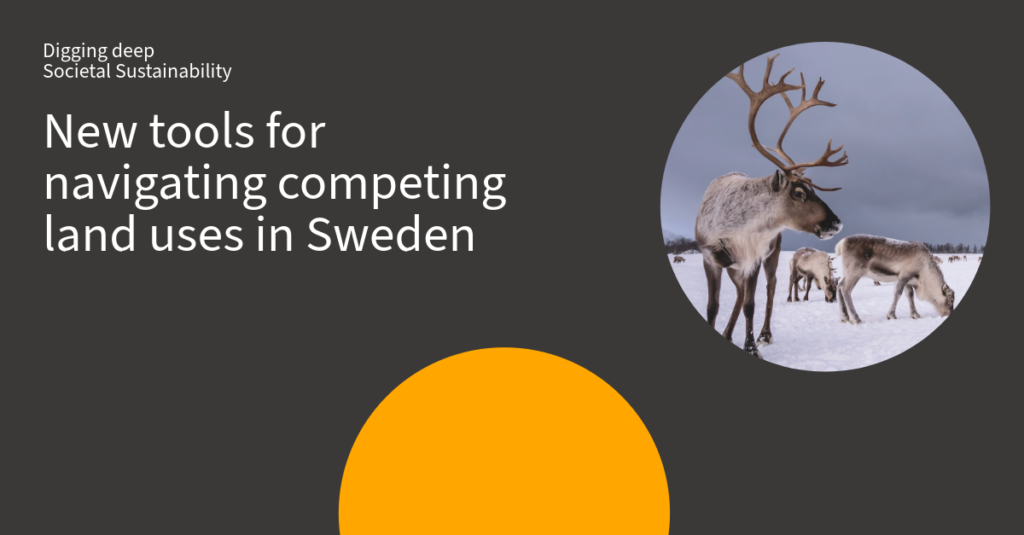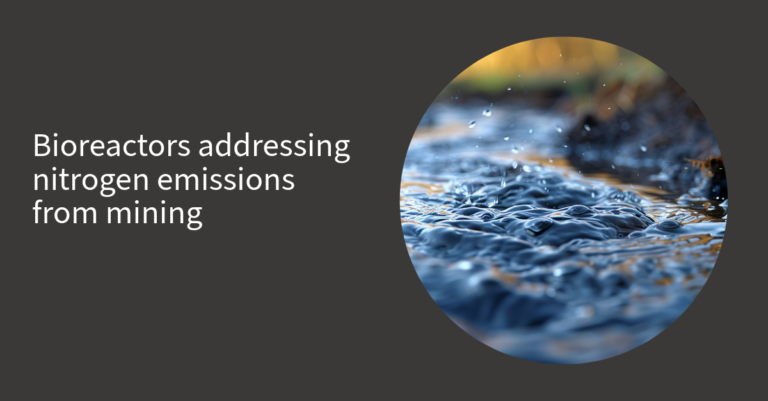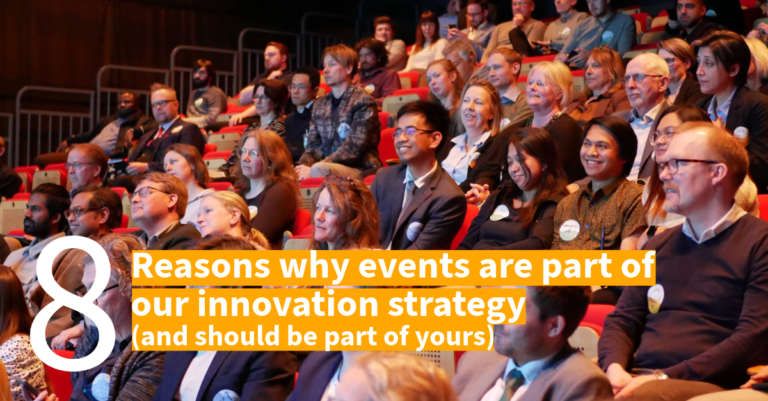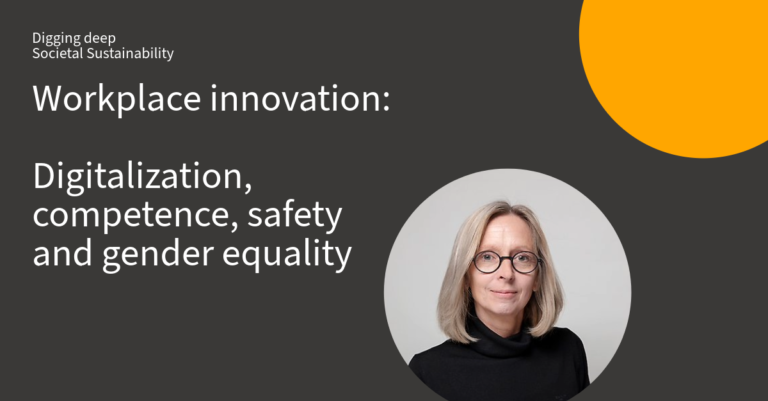In Sweden, the competition for limited resources among various land intensive sectors poses significant challenges for sustainable land management. Increasing and improving dialogue between industry, society and other stakeholders is crucial to understand and mitigate the impacts on reindeer husbandry, the traditional livelihood of the Sami, native to northern Scandinavia and protected under the UN declaration of rights of indigenous peoples.
– The enhanced understanding and innovative methods we’ve developed help mitigate negative impacts on reindeer husbandry by providing better tools for mapping and measuring changes in grazing lands. This fosters greater awareness and cooperation among all stakeholders involved, says Per Sandström at the Swedish University of Agricultural Sciences.
Combining traditional knowledge with modern technology
In MineDeer, he and colleague Anna Skarin has collaborated with reindeer herding comunities (samebyar) and other stakeholders to address this challenge with a focus on the mining industry. A sameby is not a village, but a geographical area where reindeer herding takes place. The sameby is organized as an economic and administrative association with its own board. A coherent and working green infrastructure is a prerequisite for the survival of reindeer husbandry, nature and the Sami culture. It maintains vital functions of reindeer husbandry such as grazing and grazing peace, and enables seasonal migrations between grazing grounds (Sametinget, no date).
– Our primary objective was to delve into the effects of other land uses on reindeer husbandry and to devise sustainable and practical solutions in the face of growing pressures. By working closely with the reindeer herding comunities. We have combined traditional knowledge and modern technology such as GPS data and drone imagery to gain comprehensive understanding of impacts and develop ways of mitigating them, for example through implementing positive forestry methods, proposing the construction of reindeer overpasses to overcome physical barriers, and exploring other innovative ways to reconnect fragmented landscapes, Per says.
However, the project was not without its challenges. The COVID-19 pandemic caused delays and made it difficult to spend adequate time with reindeer herders during the early part of the project, who were already extremely busy. Per continues:
– We overcame these challenges by working diligently to make reindeer herders feel integral to the project, inspiring collaboration towards common solutions.
– Our efforts were supported by partnerships with various related projects and processes, notably Renbruksplan (RBP – the reindeer husbandry plan documents the different ways land is used in reindeer husbandry). These collaborations allowed us to create synergies and leverage overlapping efforts from past and future initiatives.
Tools for monitoring and managing land impact
– We developed new methods to measure grazing lands, particularly ground lichen, and created specific mappings of reindeer husbandry practices before and after mining activities. These efforts led to a strengthened co-production of knowledge with reindeer herders and a better understanding of cumulative impacts. This enriched knowledge base is crucial for devising effective strategies to improve landscape management and support reindeer husbandry, Per concludes.
Looking ahead, this project represents a crucial step towards improved landscape understanding and planning. By building on these findings, we can pave the way for a more sustainable and harmonious future, where Sami reindeer husbandry can thrive alongside other land uses.







